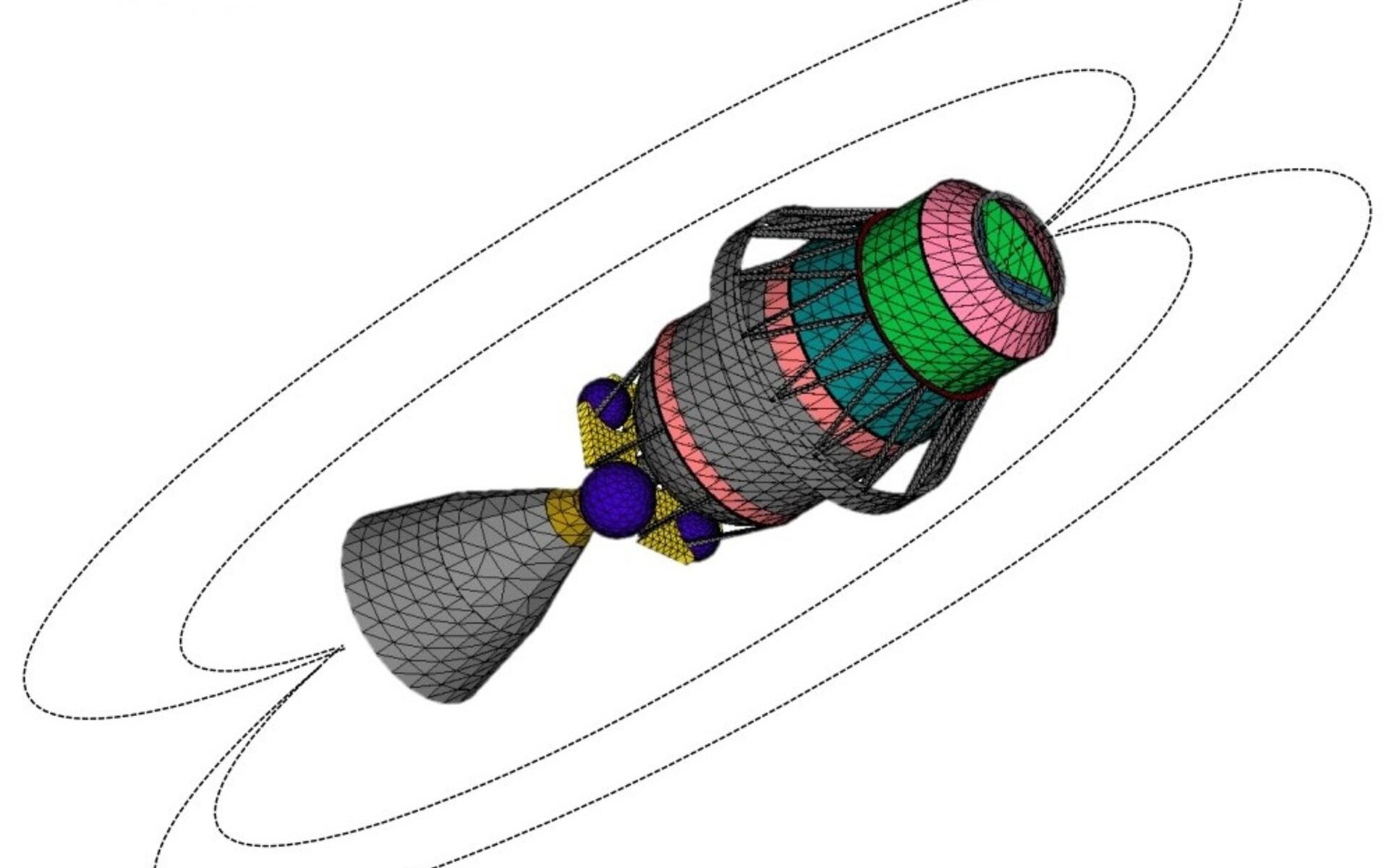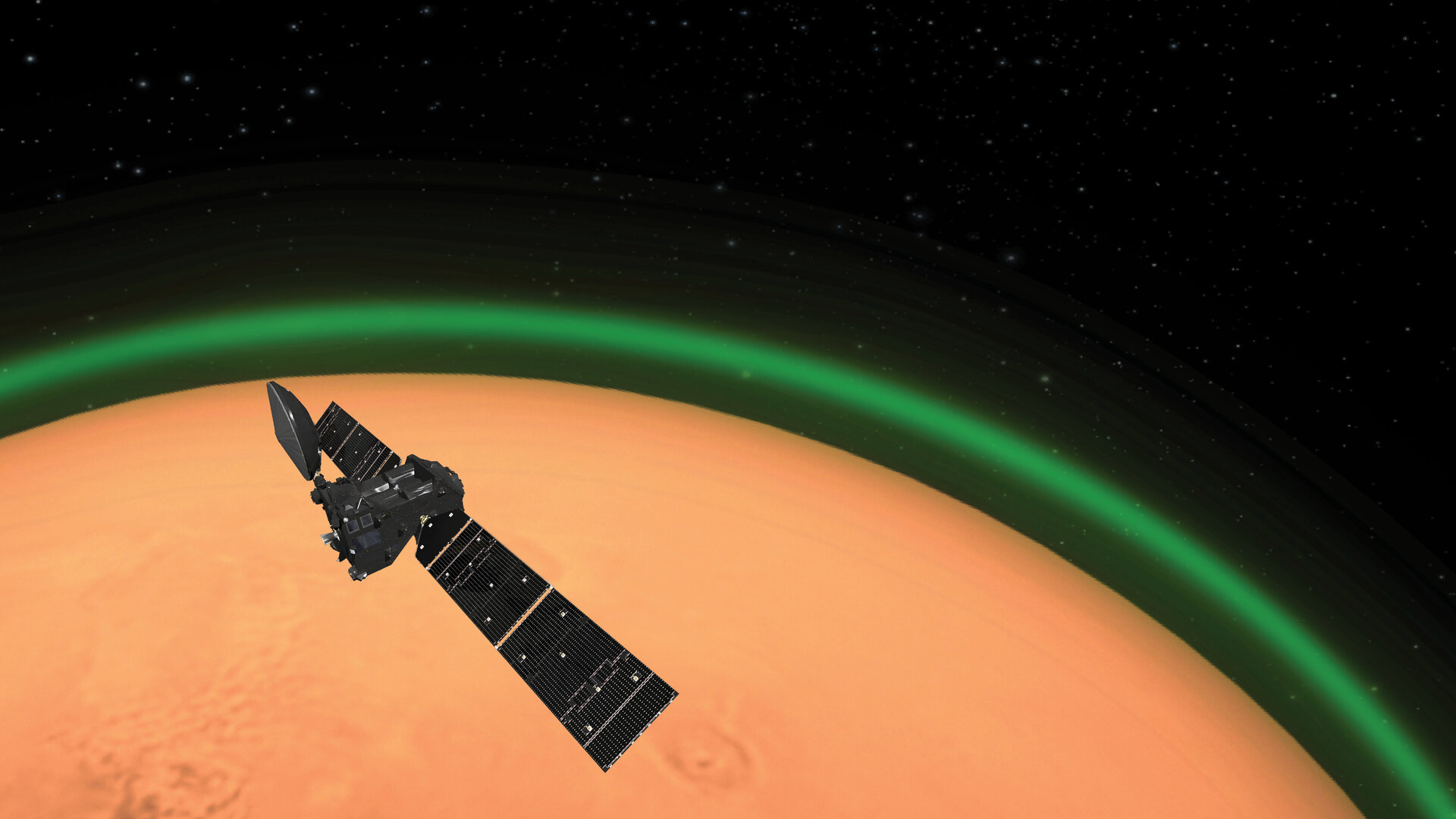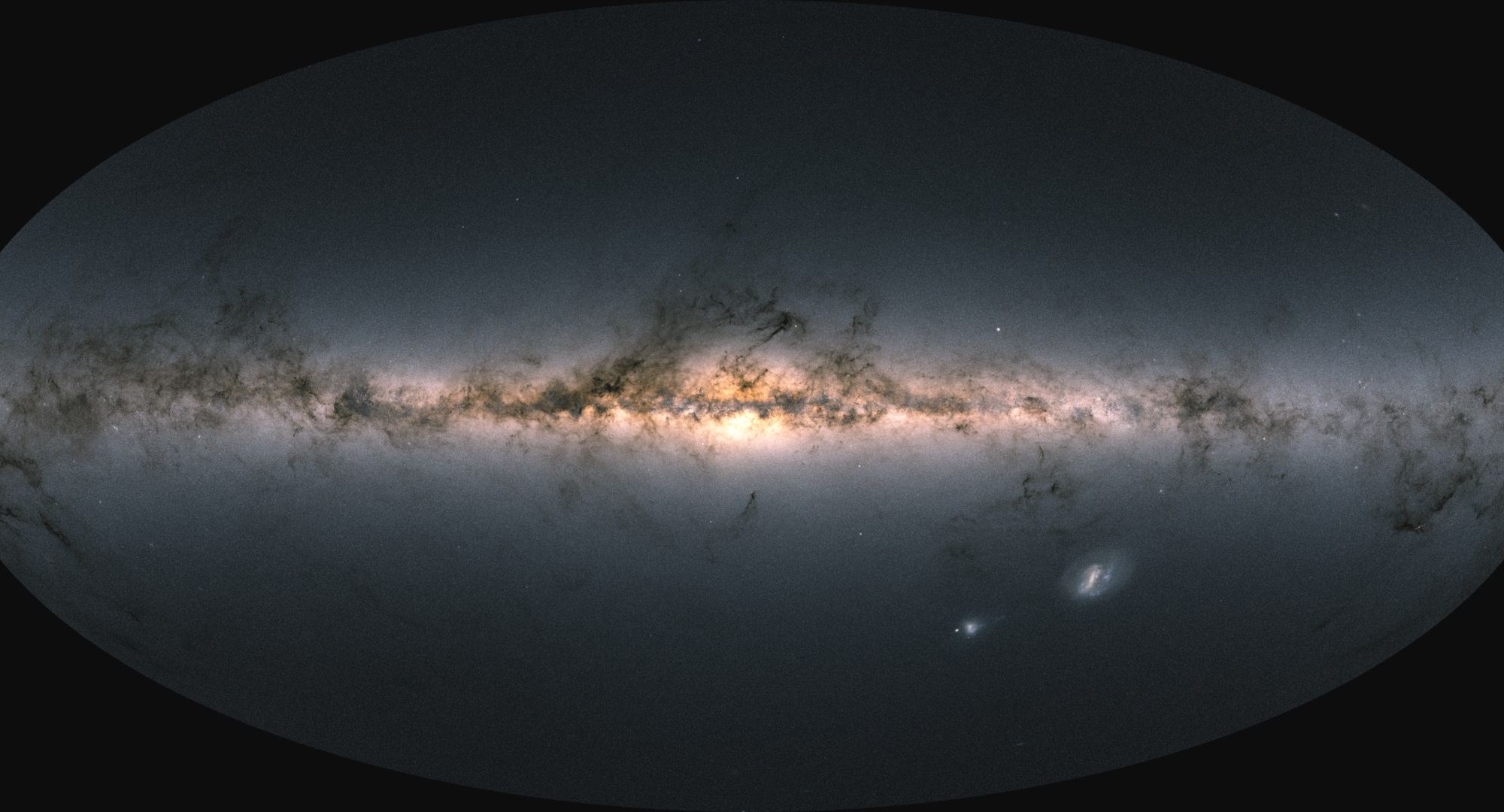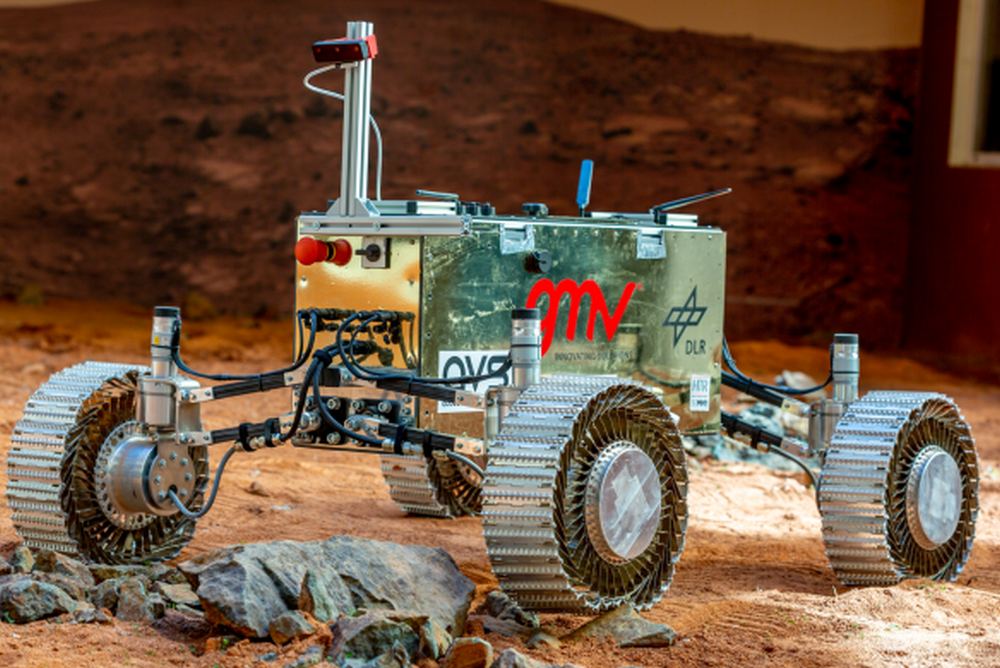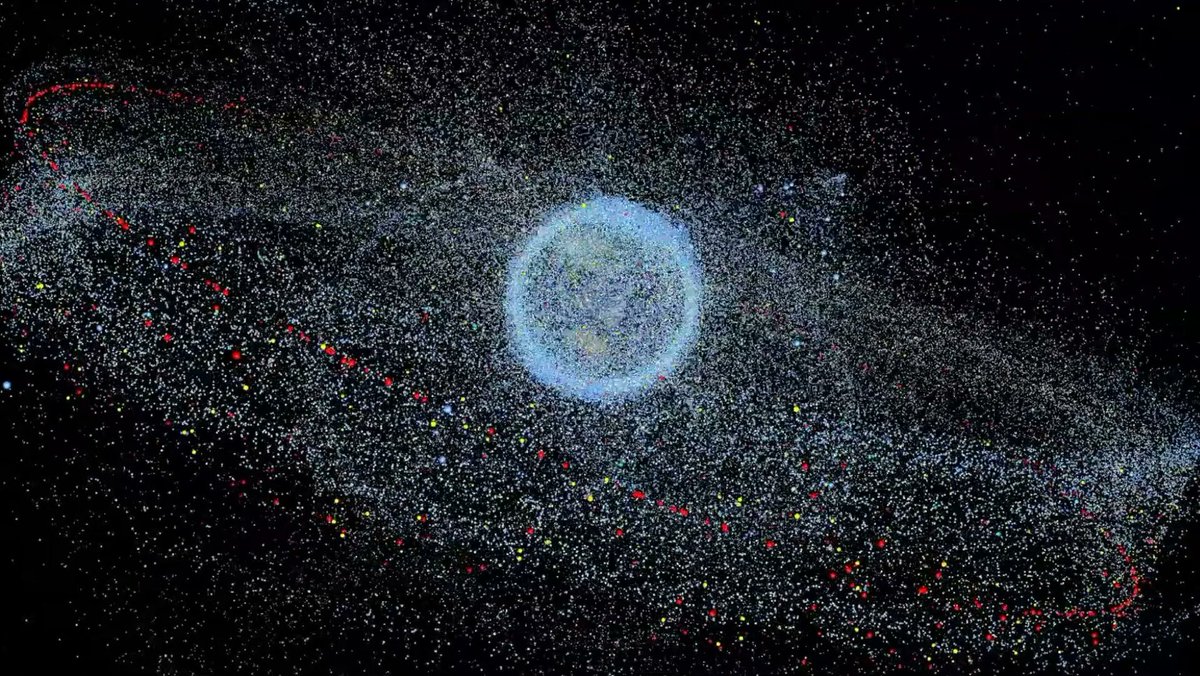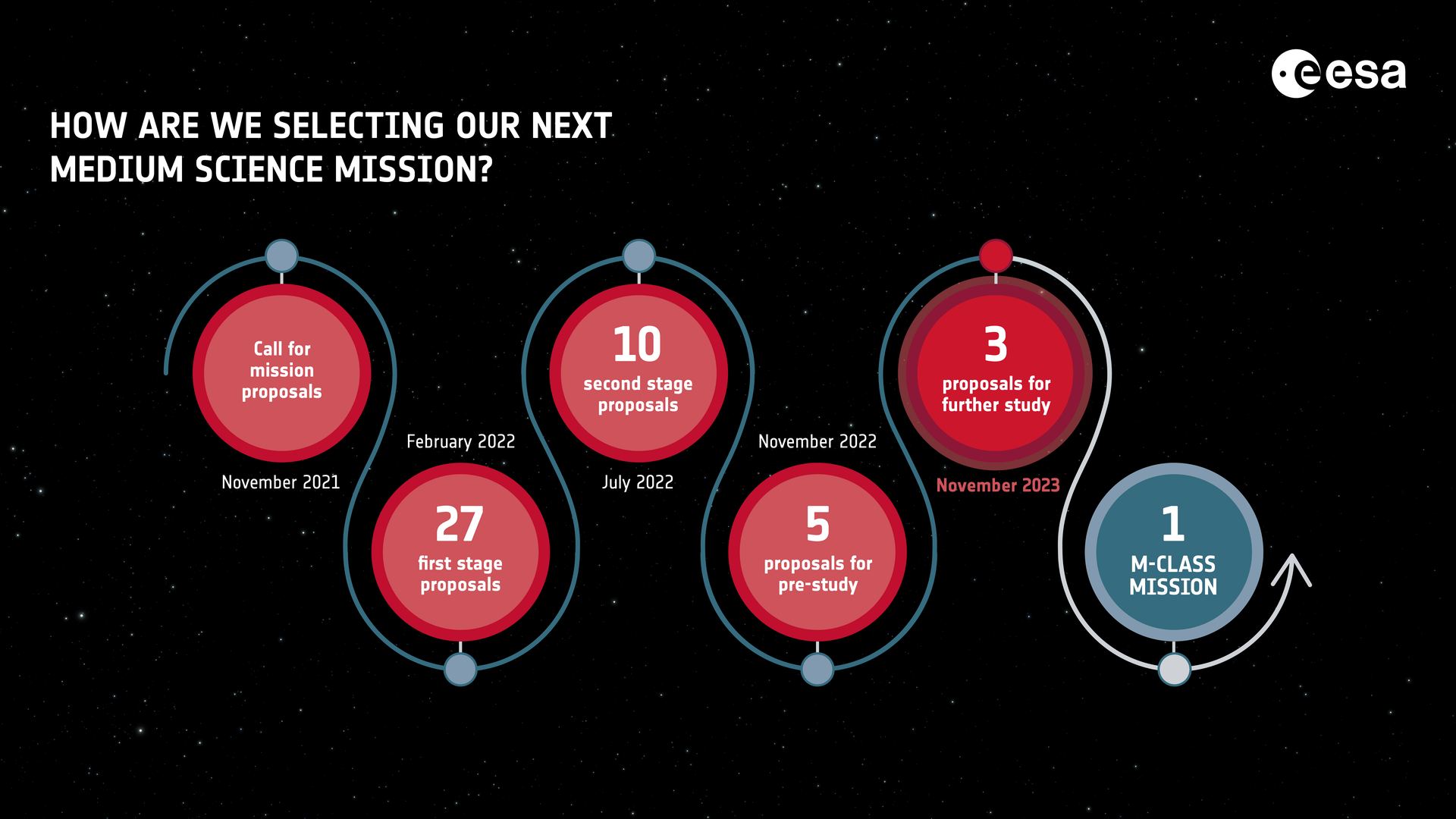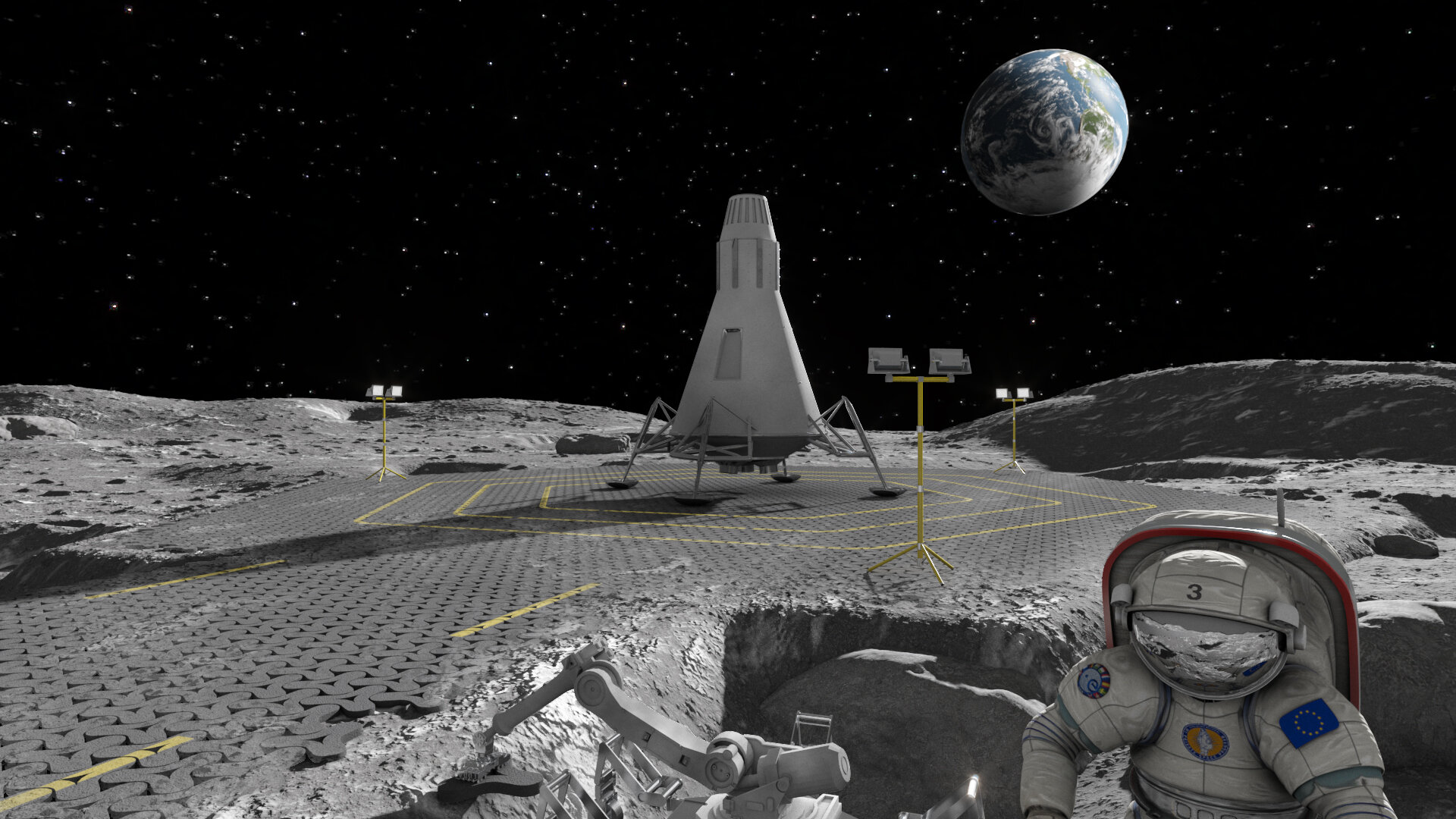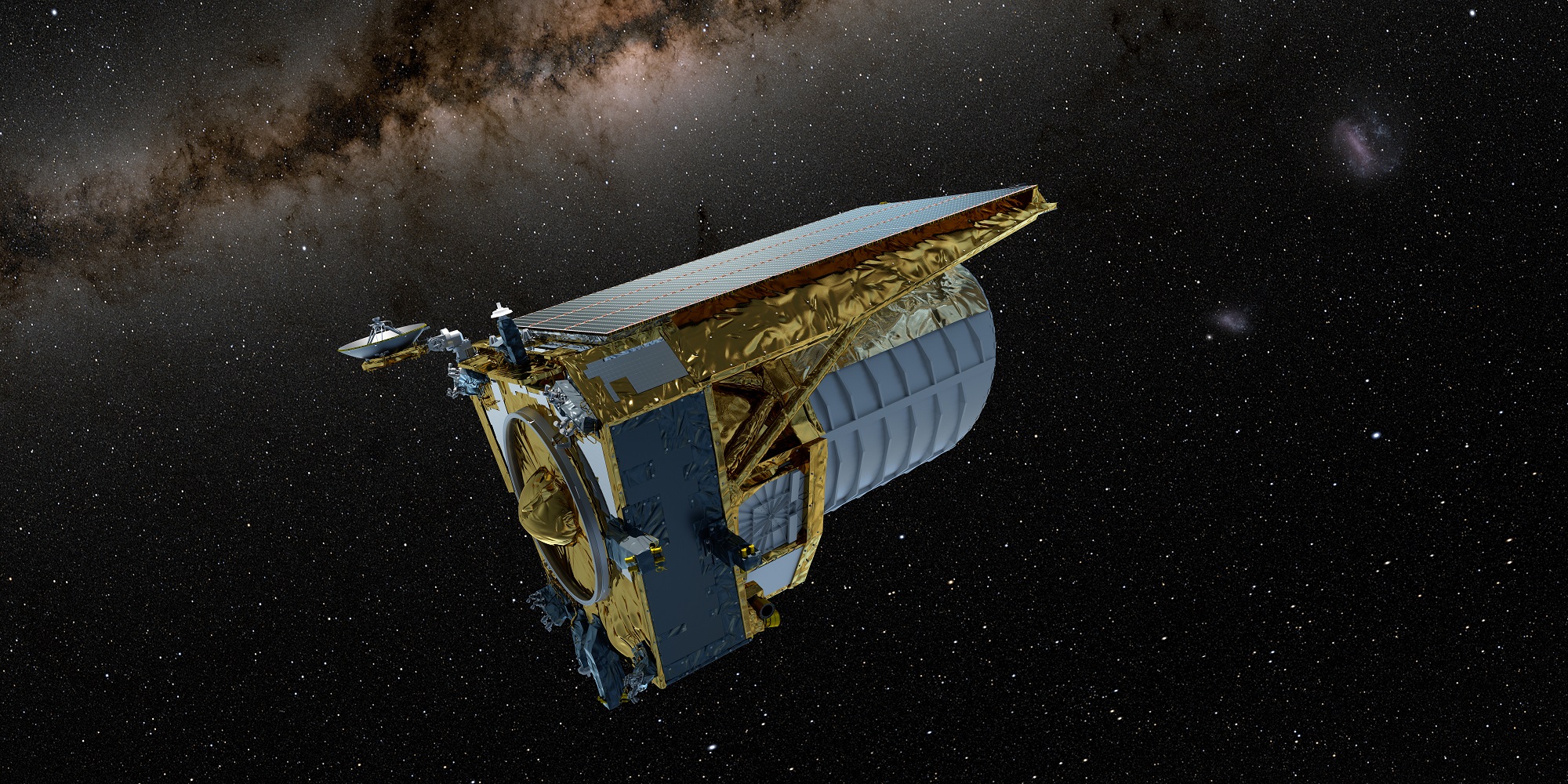When a spacecraft dies, it loses the ability to maintain its direction in space. Additionally, as the spacecraft’s orbit begins to decay, the thin atmosphere interacts with the spacecraft, causing it to tumble unpredictably. ESA’s Clean Space Initiative hopes to remove the most hazardous space debris. This means capturing dead satellites that are in a death spiral. To help begin the project Researchers observed over 20 objects in space over two year and then recreated their spin to develop plans to retrieve them.
Retrieving a tumbling spacecraft will require a brave robot to take on the task!
Continue reading “Simulating a Piece of Space Junk”
